Nemrud Daği
Q207917Nemrud Daği: the tomb of king Antiochus I Theos of Commagene (r.70-31 BCE), famous for its uncommon sculpture.
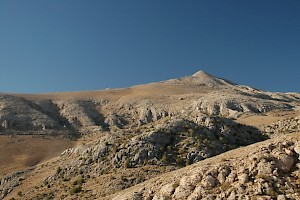
The mountain known as Nemrud Daǧi, one of the westernmost peaks of the Antitaurus, is 2150 meters high. On the summit, king Antiochus I Theos of Commagene (r.70-31 BCE) ordered his tomb to be built. The burial chamber cannot be reached, because on top of it is a tumulus of 150 meters in diameter and fifty meters high, made of grapefruit-sized stones that cannot be removed.
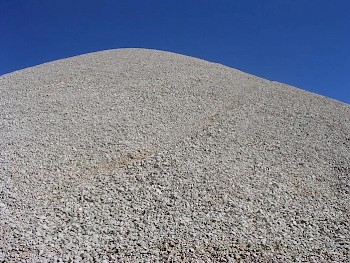
The site consists of two large, partly artificial terraces, one in the east and one in the west. The tumulus is between them. Access is from the south; there is a minor terrace in the north. Both main terraces are dominated by tall statues of the gods, seated on thrones: the mountain is their home. The most interesting aspect is that the gods, who are shown in Greek style, are presented in inscriptions as equivalents of eastern counterparts. So, Apollo is equaled to Mithra, the Iranian sun god; Zeus is identical to Oromasdes (Ahuramazda in Old Persian); and Heracles becomes Artagenes.
East and west are also represented as equal in the orthostats of Antiochus' ancestors. They are presented in two groups, on both main terraces: on the one hand, the king claimed to be a descendant of the Macedonian conqueror Alexander the Great, on the other hand, he reckoned Darius I the Great, the founder of the Achaemenid dynasty, among his ancestors. The stones of the orthostats originate from a quarry at the foot of the mountain.
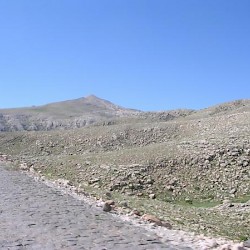 Along the road to Nemrud Daği |
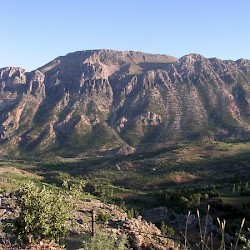 Along the road to Nemrud Daği |
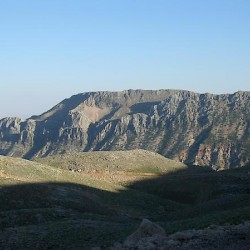 Along the road to Nemrud Daği |
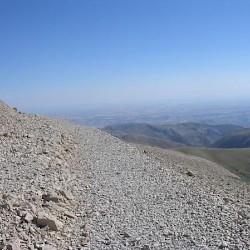 Road to Nemrud Daği |